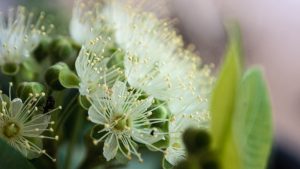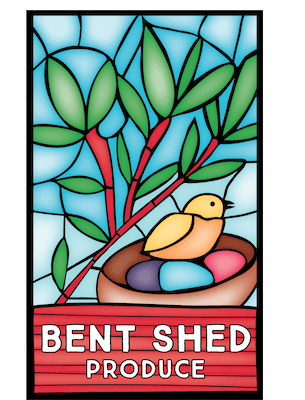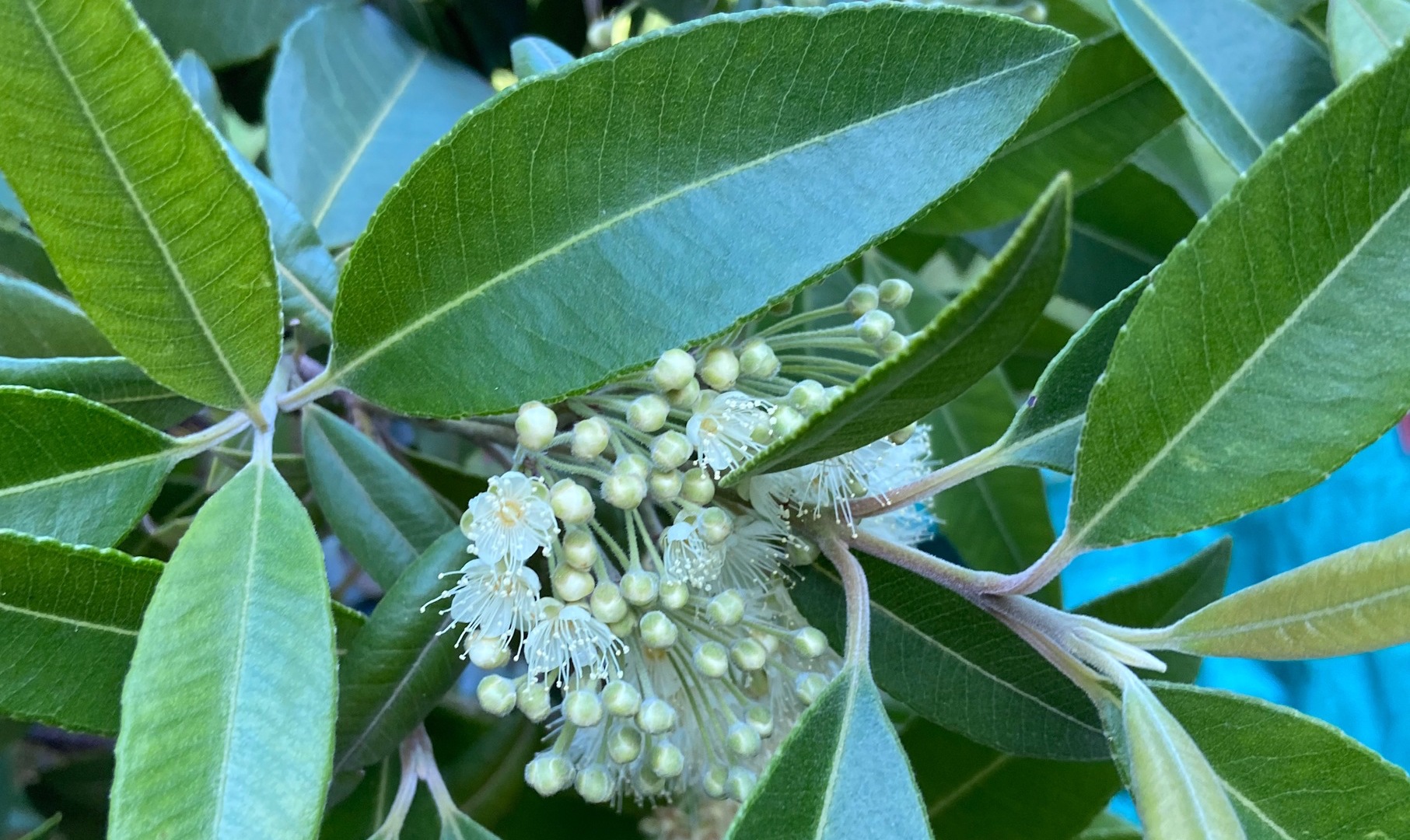Intense rich lemony scent
Also lemon ironbark.
Latin name: Backhousia citriodora
Lemon myrtle is the current darling of the Australian native produce scene, with its intense lemony scent that makes everyone smile when they crush a leaf under their nose.
Eating
- “More lemon than lemon”. A rich, fruity, lemony flavour from the leaves.
- Excellent in lemony sweet dishes; can be used with lemon juice to enhance the flavour.
- Use wherever you might use lemon but want less acid, or where lemon juice might curdle milk products.
- As a result, is fantastic in sweet milky dishes such as ice-cream, custards, cakes, etc.
- Fresh or dried whole leaves make a very good tea, particularly iced tea.
- Use fresh or dried whole leaves when cooking whole fish to add a rich lemony flavour.
- Use ground leaves in practically anything – sweet or savoury – to add the lemon scent.
- These lovely trees represent possibly the most popular scents in Australia at the moment. The leaves have rich flavour/scents which are increasingly popular for culinary and cosmetic purposes (lemon myrtle soap will perfume a whole bathroom without difficulty).
- The flowers are also edible and are lovely used as decoration on sweet dishes, or to brighten up a salad.
Growing
They are generally found in sub-tropical rainforest areas in northern NSW and southern QLD, but are adaptable to most domestic growing with a little care.
- Are tropical or sub-tropical rainforest plants and can grow quite large (over 5m in height) in tropical conditions.
- They start off in the understory, so require shelter from extreme weather (wind, heat, direct harsh sun) for their first few years.
- Can be frost-tolerant once it gets large enough.
- Make an excellent container plant; move to the most sheltered positions during the year until well-established.
- Requires regular watering.
- Plantations do well as far south as the NSW South Coast region – our myrtles come from a plantation near Narooma, NSW.

Harvesting and storage
- Use both whole and ground leaves, both fresh and dried.
- Myrtle leaves dry very quickly in a cool, well-aired location. Keep out of direct sun or heat for the best result.
- If harvesting your own plant, try keeping leaves on pruned branches and placing in a vase with no water. Ensure good airflow around the stems and leaves to prevent mould.
- The result looks wonderful, and will give out a subtle scent over the next week or so as it gently dries.
- Leaves can also be dried at low heat in a dehydrator.
- Leaves can then be easily stripped off the stems and placed in an airtight container for storage.
- Whole leaves will keep their savour for a good 12 months, if need be
- Grind by hand or in a high-powered blender and store in an airtight container.
- Ground leaves will retain the best scent for about three months.

